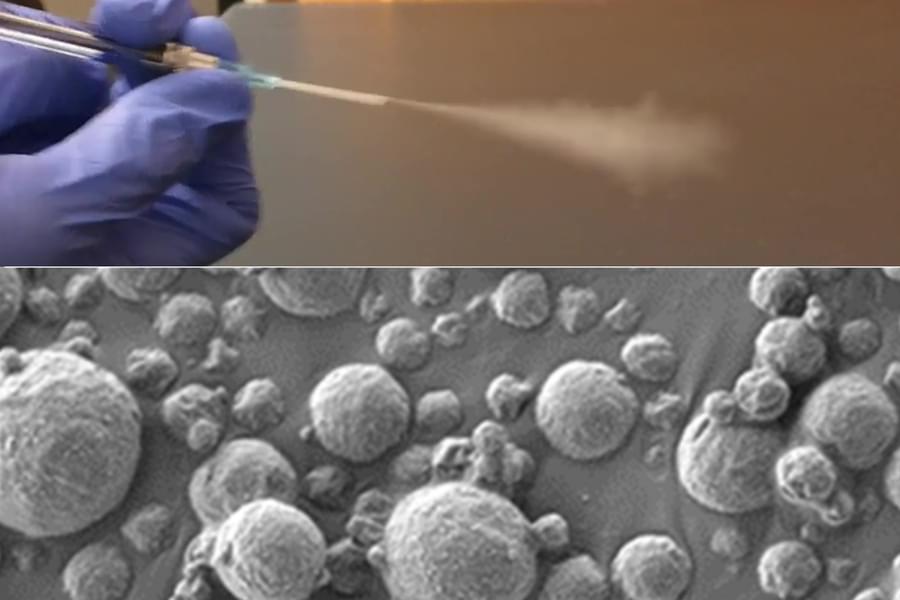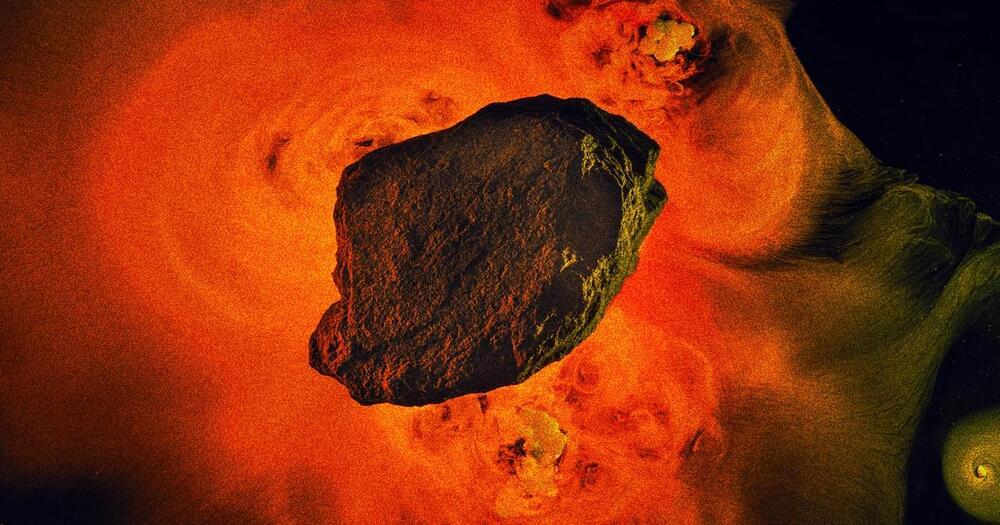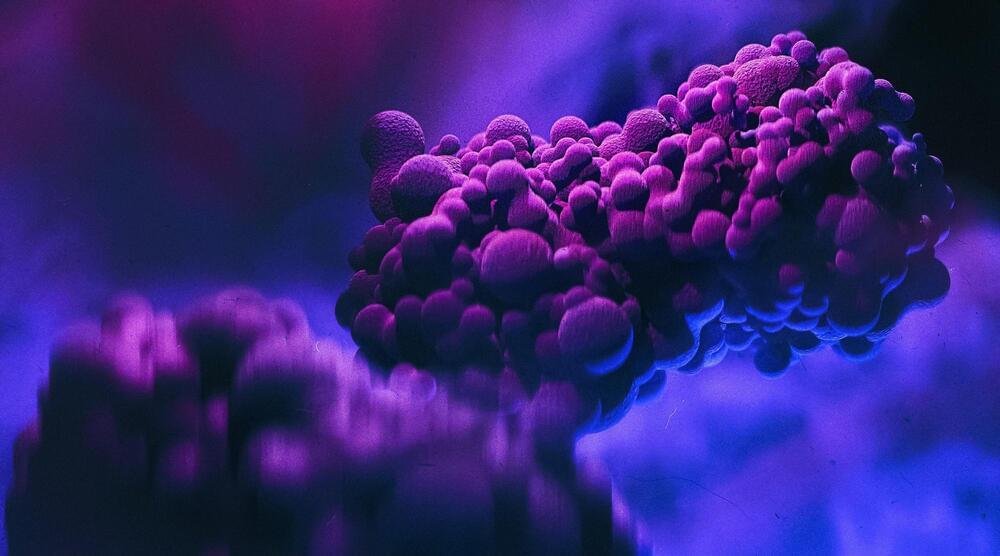In a small group of veterans diagnosed with mild traumatic brain injury, treatment with a psychedelic drug, ibogaine was associated with improvements in daily function and mental health symptoms, a new study out of Stanford found.
“This could be one of the first treatments for traumatic brain injury,” said Dr. Nolan Williams, associate professor of psychiatry at Stanford, and principal study investigator. “I think it’s a moment of hope for veterans and folks with permanent neurological injury.”
The Federal Drug Administration classifies ibogaine as a Schedule I drug, citing “high abuse potential” and “no accepted medical use.” To receive the one-time dose, 30 Special Ops veterans traveled to a treatment site in Mexico where ibogaine use is unregulated.






